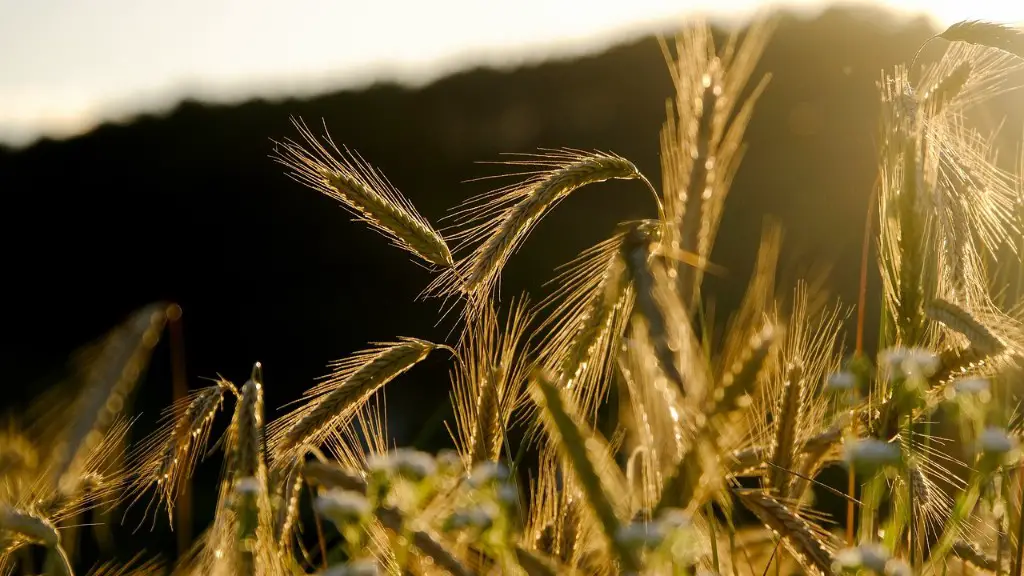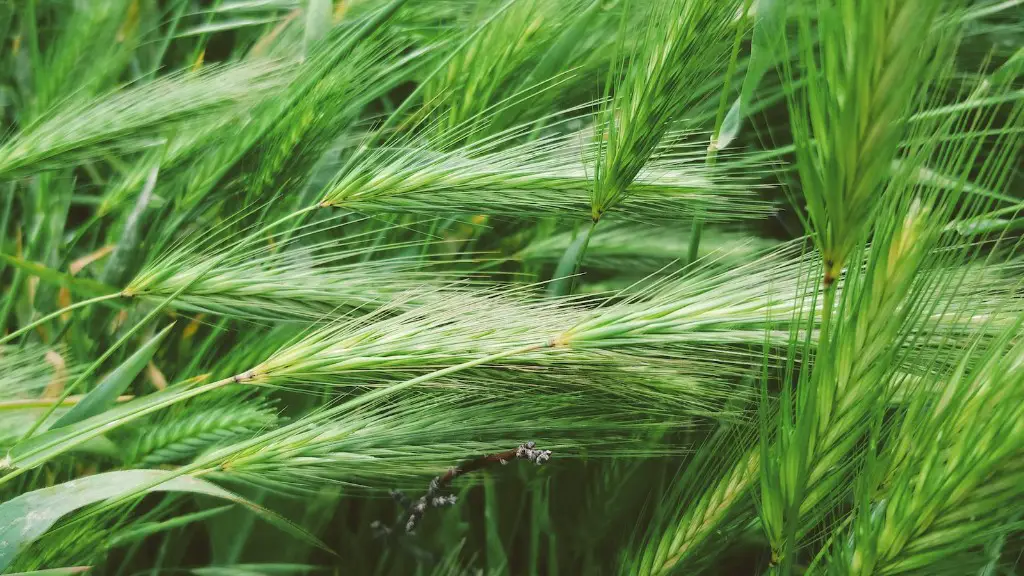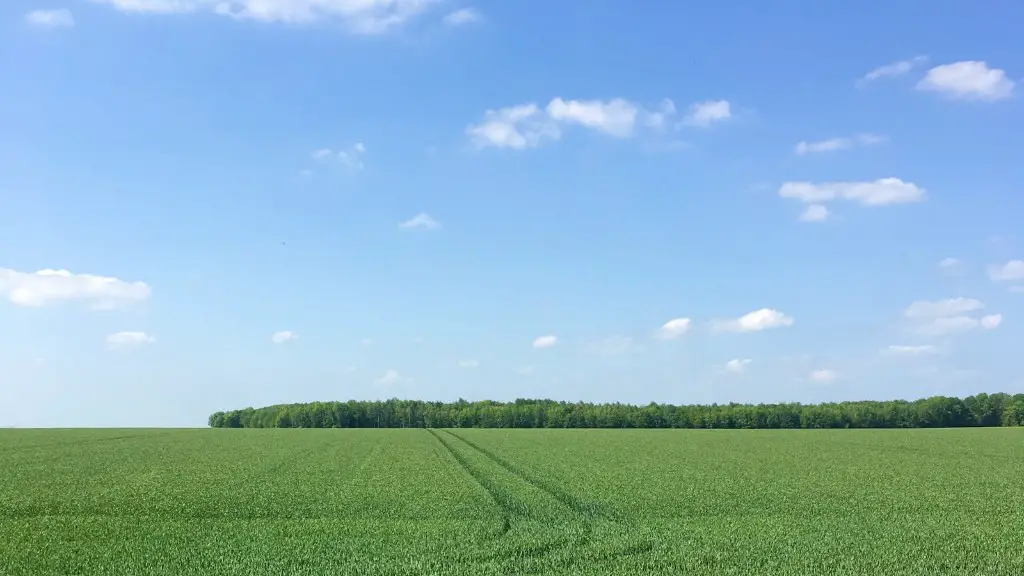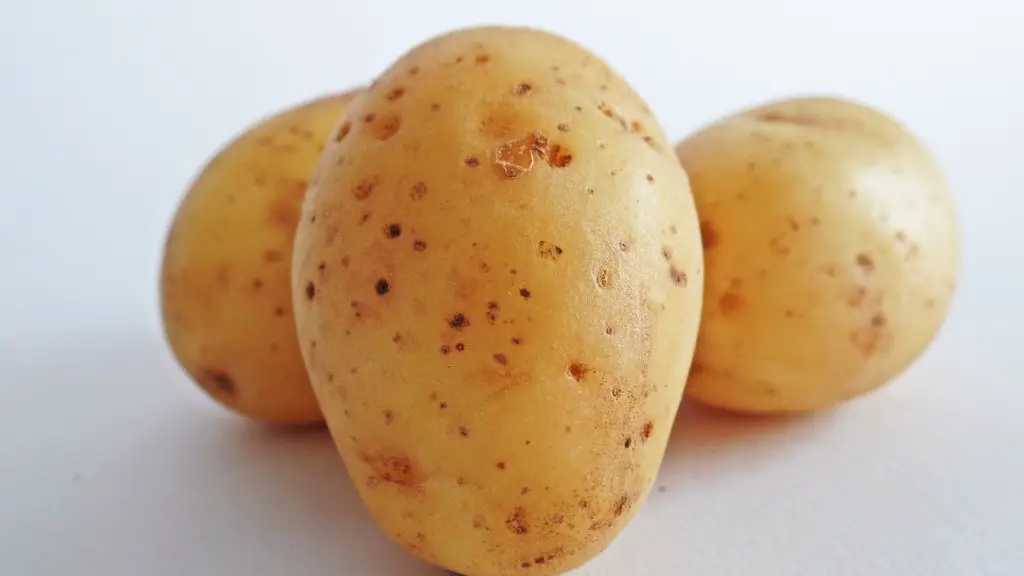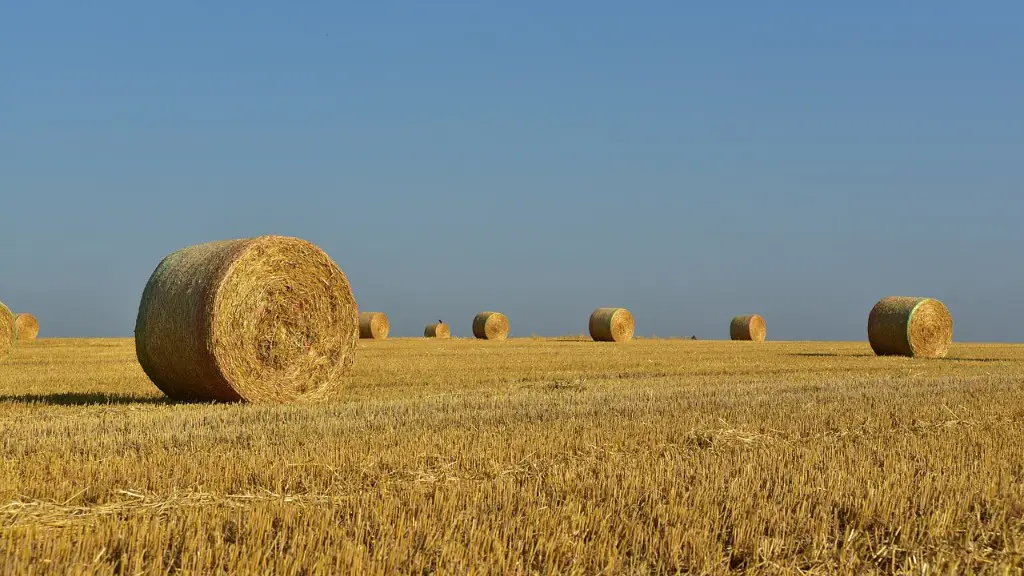The use of artificial intelligence in agriculture is becoming more common as the technology improves.Farmers are using AI to help with tasks such as monitoring crops, predicting weather patterns, and even controlling irrigation systems. The hope is that by using AI, farmers will be able to produce more food with fewer resources.
Farmers are using AI in a number of ways, from precision agriculture to livestock management. AI-assisted precision agriculture involves using sensors and algorithms to manage crops more efficiently. This can involve mapping and monitoring crops, as well as predicting yield. Livestock management is another area where AI is being used, with some farms using sensors and AI to monitor the health and well-being of their animals.
What are the current uses of AI in agriculture?
AI has the potential to enable better decision-making for farmers. Farmers can collect and process significantly more data and do it faster with AI than they would otherwise. Analyzing market demand, forecasting prices, and determining the optimal time for sowing and harvesting are key challenges farmers can solve with AI.
Predictive maintenance of CropDrones powered by AI can assist farmers in improving crop yields and decreasing capital costs. Pre-trained drones can capture plant images and then use AI algorithms to analyze plants, pests, and diseases. Hence accordingly recommend solutions.
Which country uses AI in agriculture
China’s government is investing heavily in agricultural AI, with the goal of increasing food production and improving food security. In India, the government is working on a project to use machine learning to predict crop yields. And in Brazil, Agtech companies are using AI to help farmers combat deforestation.
AI is increasingly being applied to agriculture in order to improve yields and efficiency. Here are 8 practical applications of AI in agriculture:
1. Crop and soil monitoring: AI can be used to monitor crops and soils for factors such as moisture levels, nutrient levels, and pH levels. This information can then be used to optimize growing conditions and improve yields.
2. Insect and plant disease detection: AI can be used to detect insect infestations and plant diseases early on, before they have a chance to cause major damage. This information can then be used to take corrective action, such as spraying pesticides or applying fungicides.
3. Livestock health monitoring: AI can be used to monitor the health of livestock, such as cows, pigs, and chickens. This information can be used to identify sick animals early and take steps to prevent the spread of disease.
4. Intelligent spraying: AI can be used to control agricultural spraying equipment, such as irrigation systems and crop dusters. This can optimize spraying operations and reduce the amount of chemicals used.
5. Automatic weeding: AI can be used to identify and remove weeds automatically. This can save farmers time and labor, and reduce the use of herbicides.
How is AI used today 5 examples?
Artificial intelligence has revolutionized many aspects of our lives, including the way we travel, shop, and communicate. Here are eight examples of AI that you may encounter on a daily basis:
1. Maps and Navigation: AI has drastically improved the accuracy and efficiency of map-based navigation tools, such as Google Maps and Waze.
2. Facial Detection and Recognition: This technology is used by social media platforms to identify users in photos and videos. It is also used by law enforcement agencies to track down criminals.
3. Text Editors or Autocorrect: AI-powered text editors can automatically correct spelling and grammar mistakes, as well as suggest alternative words or phrases.
4. Search and Recommendation Algorithms: AI is used to power search engines like Google and shopping platforms like Amazon, which use complex algorithms to provide personalized recommendations to users.
5. Chatbots: Many websites and apps now use chatbots, which are powered by AI, to communicate with users. These chatbots can answer questions, provide customer support, and even make recommendations.
6. Digital Assistants: Virtual assistants like Siri, Alexa, and Google Assistant are powered by AI and are capable of completing a variety of tasks
The app uses images to detect plant diseases, a smart phone collects image which is matched with a server image and then a diagnosis of the plant health is provided In this way the application uses AI and machine learning to solve the plant diseases.
What is an example of AI in agriculture?
AI technology helps in detecting disease in plants, pests and poor nutrition of farms. AI sensors can detect and target weeds and then decide which herbicide to apply within the region. This helps in reduced usage of herbicides and cost savings.
The manufacturing industry is leading the way in the application and adoption of AI technology. This is due to the industry’s need for speed, accuracy, and efficiency. AI technology can help manufacturers improve all of these areas. For example, AI can be used for quality control, optimizing production schedules, and reducing waste.
What is the conclusion of AI in agriculture
Artificial intelligence in agriculture has the potential to greatly assist farmers in automating their agricultural operations. This would free up farmers’ time so that they can focus on other aspects of their business, such as marketing and sales. In addition, AI could help farmers to move to precision cultivation, which would improve crop output and quality while using less resources.
Applications of Artificial Intelligence are many and varied. Some of the more commonly known applications include:
Personalized Shopping: Many companies use AI to personalize the shopping experience for their customers. This may include things like suggesting items based on previous purchases or providing personalized recommendations.
Fraud Prevention: AI is often used to help prevent fraud. By analyzing large amounts of data, AI can help to identify patterns that may indicate fraudulent activity. This can help to protect companies and individuals from loss.
Administrative Tasks: Automating administrative tasks can help to improve efficiency and accuracy. For example, AI can be used to handle things like appointment scheduling or managing contact lists.
Automated to Aid Educators: AI can be used to create educational content that is tailored to the needs of individual students. This can help to improve learning outcomes by providing content that is more engaging and relevant.
Voice Assistants: Voice assistants, such as Siri and Alexa, use AI to provide users with a natural language interface. This can be used to perform tasks such as setting alarms or adding items to a shopping list.
Personalized Learning: AI can be used to create personalized learning experiences. This may include things like providing feedback on student progress or recommending specific
What does AI stand for in farming?
The health, welfare and trade of animals is a complex and sensitive issue. There are a number of factors to consider when dealing with this issue, and it is important to approach it with care and sensitivity.
When it comes to animal health, there are a number of things to consider. This includes the health of the animal itself, as well as the welfare of the animal. Trade is also a factor to consider, as some animals are traded for their meat, fur or other products.
When it comes to animal welfare, there are a number of things to consider. This includes the treatment of animals, as well as the conditions in which they are kept. Trade is also a factor to consider, as some animals are traded for their meat, fur or other products.
When it comes to the trade of animals, there are a number of things to consider. This includes the sourcing of the animals, as well as the destination of the animals. Animal welfare is also a factor to consider, as some animals are traded for their meat, fur or other products.
The health, welfare and trade of animals is a complex and sensitive issue. There are a number of factors to consider when dealing with this issue, and it is important to approach
AI can help growers to select the right variety of seeds with the right genetic makeup to generate the highest yield. AI can and will process all the growth genetic and environmental data and review all the parameters and varieties to identify the pattern and insides faster than humans. This would be a great help to farmers in terms of increasing their yield and reducing their workload.
What is real life example of AI
Hello,
Just wanted to let you know that there are many built-in smart assistants on our phones that use AI, like Siri, Alexa, and Google Assistant. These assistants can help manage different aspects of our phone usage, like battery management and event suggestions.
There are many ways that artificial intelligence is used in day-to-day life, here are just a few examples:
1. Google Maps uses AI to provide accurate traffic information and route planning.
2. Ridesharing apps like Uber and Lyft use AI to match riders with drivers and to estimate fares.
3. Email apps use AI to categorize messages and filter out spam.
4. Social media apps like Facebook, Instagram, and Pinterest use AI to recommend content and to provide customer support via chatbots.
What is a real time example of AI?
Social networking sites are real-time examples of artificial intelligence in action. The vast amount of data generated through conversations, tweets, and blogs, among other things, makes AI and machine learning models more intelligent and accurate in their predictions.
Artificial fertilizers are used by farmers to increase the fertility of the soil. This results in an increase in food production.
Final Words
There is a lot of exciting research happening in the area of using AI for agriculture. Some potential applications include using AI for crop monitoring (using sensors and images to detect pests and diseases), yield prediction, and precision irrigation. Farmers are already using some of these applications, and the hope is that AI can help make farming more efficient and sustainable.
The potential for AI in agriculture is vast. AI can help with tasks such as crop monitoring, yield prediction, and irrigation optimization. In the future, AI could even be used to develop new plant varieties and help with sustainable land management.

